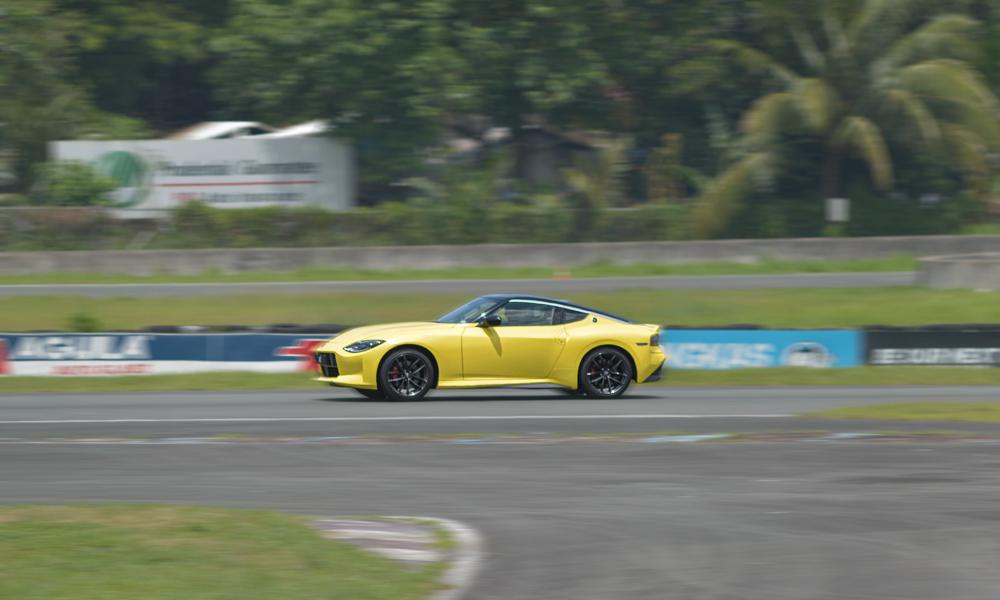
We’ve all seen it in pictures. We’ve all heard of the 240Z-inspired front end and the Z32 300ZX-derived taillights. There’s no doubt Nissan has an aesthetically desirable car on its hands. But the real question now is: Is it as fun to drive as it is to look at?
Stepping into the new Z, most of it looks new, but everything feels eerily familiar.
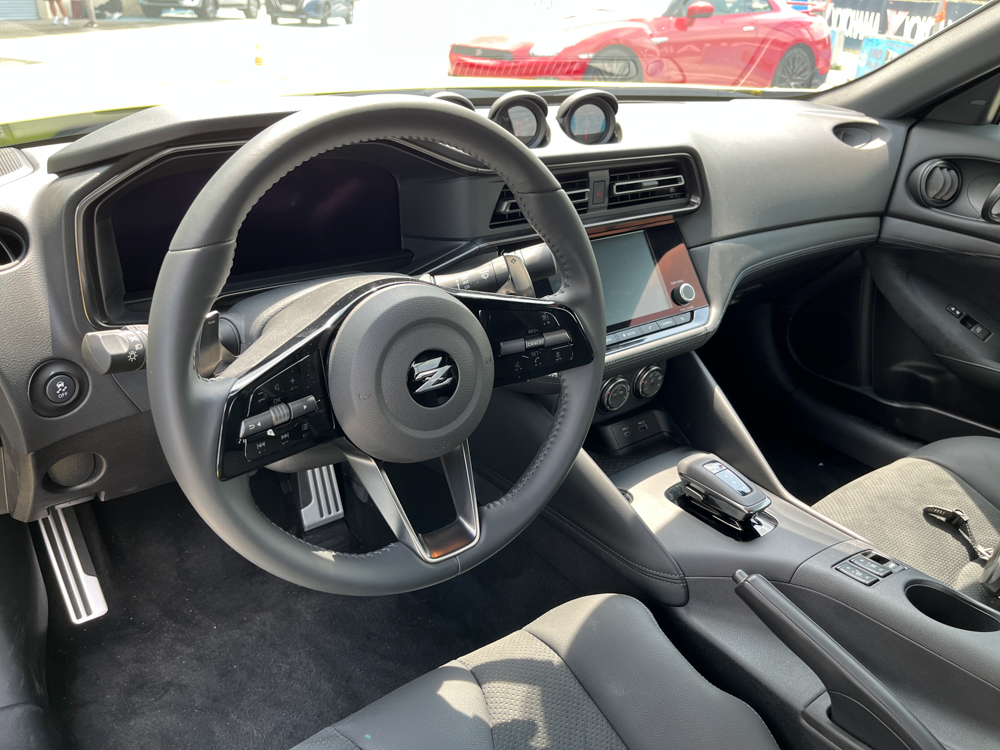
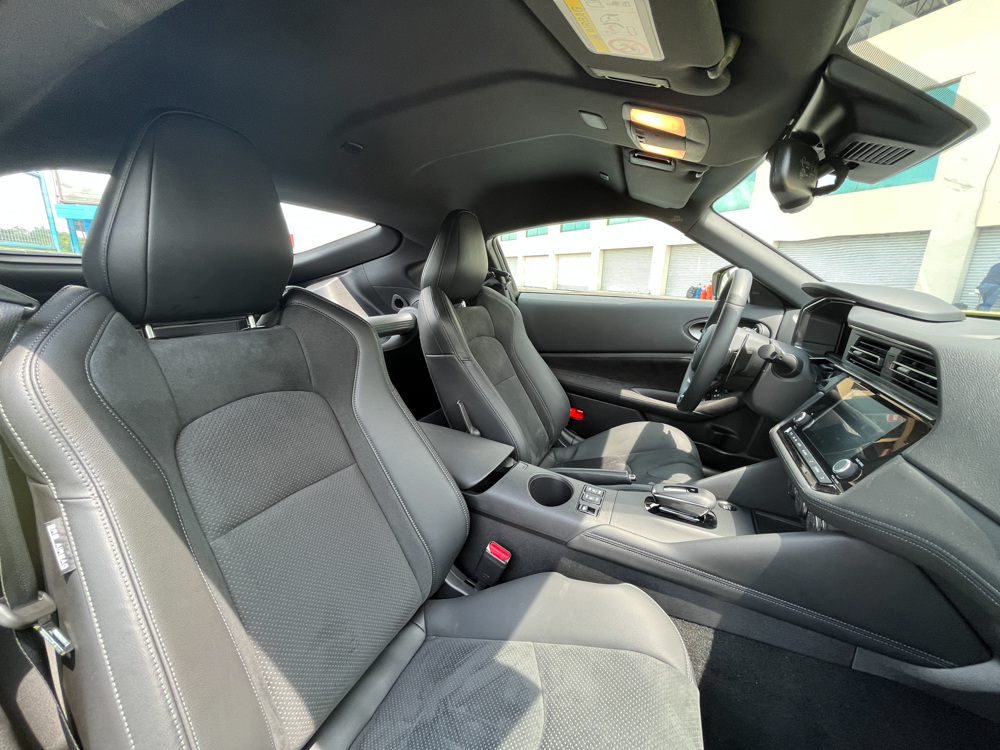
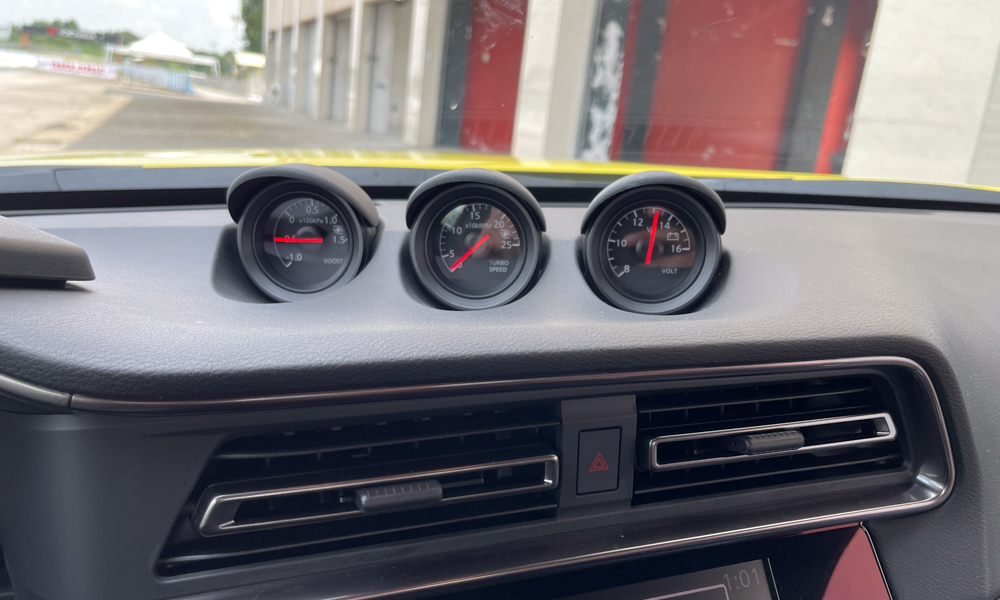
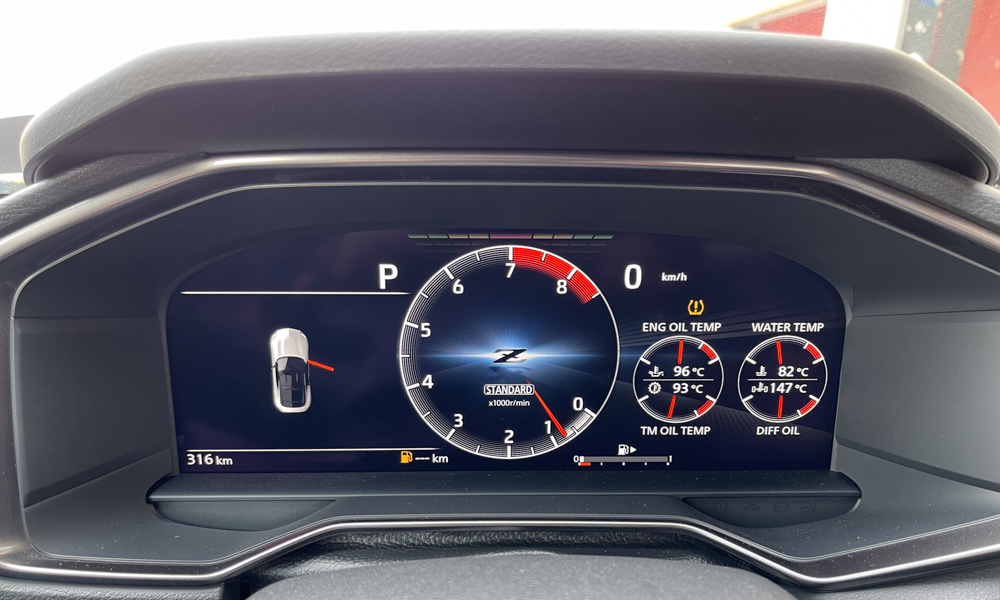
There are a lot of things to clue you into the fact that this new car is still based on the old FM platform that the 370Z is built on. The door handles are still oriented horizontally right on the edge of the doors. The interior door pulls are still the exact same ones on both the 370 and the Z.
The general silhouette of the center tunnel is unchanged. The seats are shaped slightly differently but still retain the mechanical height adjustments on the outer side, and the electronic adjustments are annoyingly sandwiched between the center tunnel and the seat.
The Z’s signature three-pod center gauge stack is also still in the same position relative to the driver. The most welcome carryover is the good old mechanical handbrake lever for doing silly things in an empty parking lot.
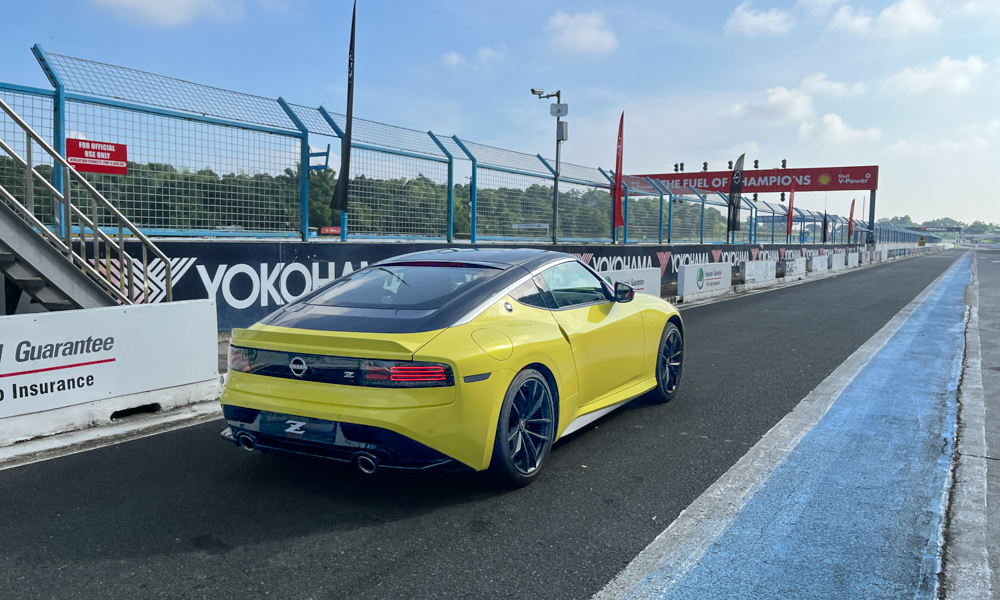
Turn the wheel, however, and the first change will become apparent. The Z now has an electronically assisted steering rack instead of the hydraulic one in the old car.
The speed-sensitive EPS system is featherlight when dry-steering, and even though it loads up slightly as you take corners at high speed, it still doesn’t put on enough weight. Also, as is the bane of most electronic racks, it does feel numb.
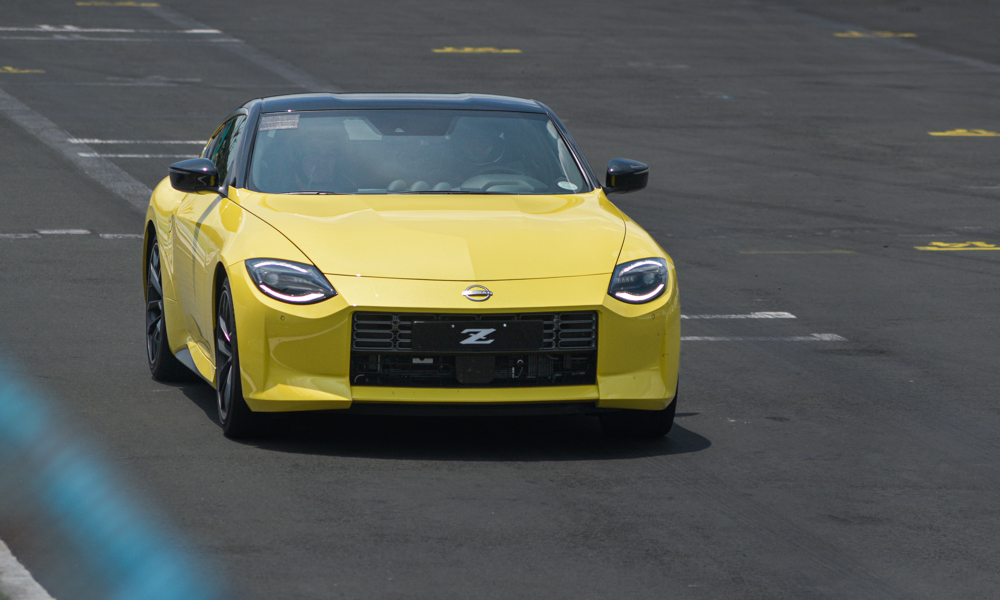
Motivating the new Z is the VR30DDTT—a 3.0-liter twin-turbocharged V6 making 383hp and 475Nm. Although the power output for local units is less than the 400hp North America gets, it’s still a 56hp power bump over the outgoing model. And this new engine absolutely hauls ass.
It pulls hard from about 2,000rpm all the way to redline. Despite the forced induction, Nissan has managed to replicate the linear power delivery of a naturally aspirated engine by spreading power throughout the rev range instead of having the turbos punch you in the back with all it’s got at a certain rpm.
As a result, the VR30 gives you decent midrange pull yet still encourages you to rev out to 7,000rpm. Stopping all that power is taken care of by six-pot calipers up front, and four-piston ones in the rear. And boy, do they stop on a dime.
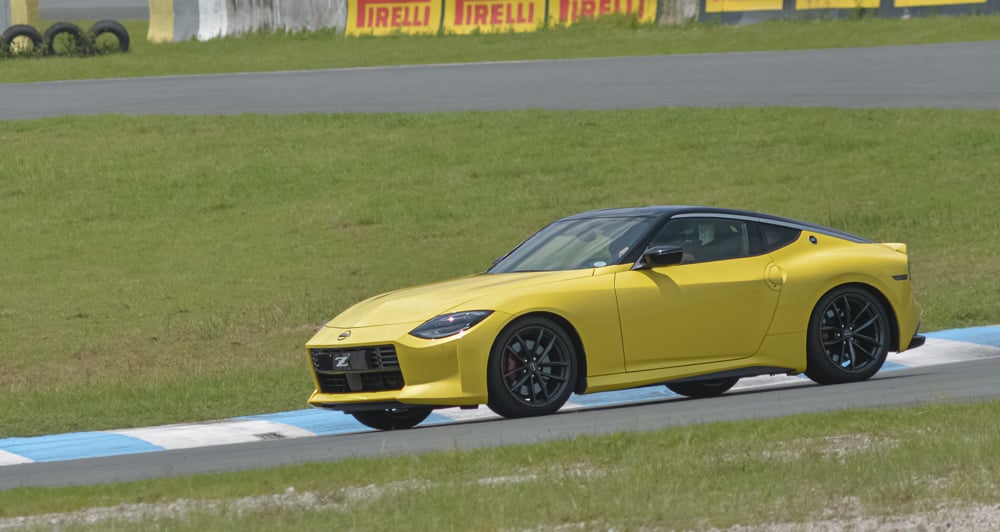
The chassis tuning is on the softer side, as the car pitches and yaws in the corners and squats and dives under lateral loads. And that speaks to the car being more of a grand tourer than an outright performance car.
Nonetheless, there’s loads of traction to be had for what it is. The car will obey sharp inputs to the steering wheel, but still keep the rear planted. As you start to push the car to its limits, it remains predictable and easy to control.
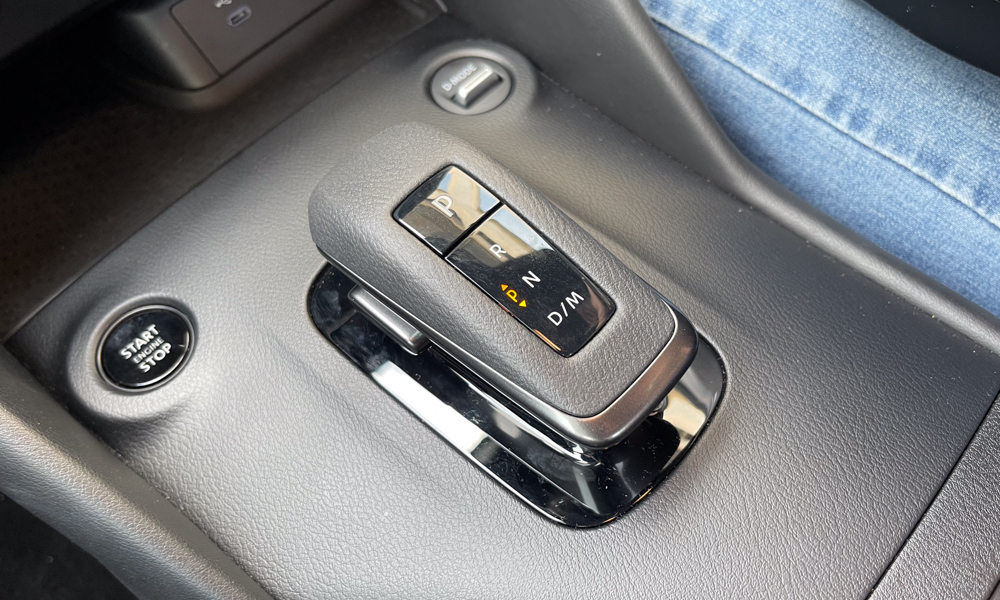
Nissan Philippines‘s demo unit is equipped with an automatic, which left much to be desired out on the tarmac of Clark International Speedway.
The nine-speed auto was a little slushy and lacked that snappy response we have all come to expect of sporty cars in this day and age. There is a noticeable gap between the driver pulling the paddle and the transmission actually shifting.
The Mercedes-sourced slushbox isn’t bad. It doesn’t ruin the car per se, but it’s not great.
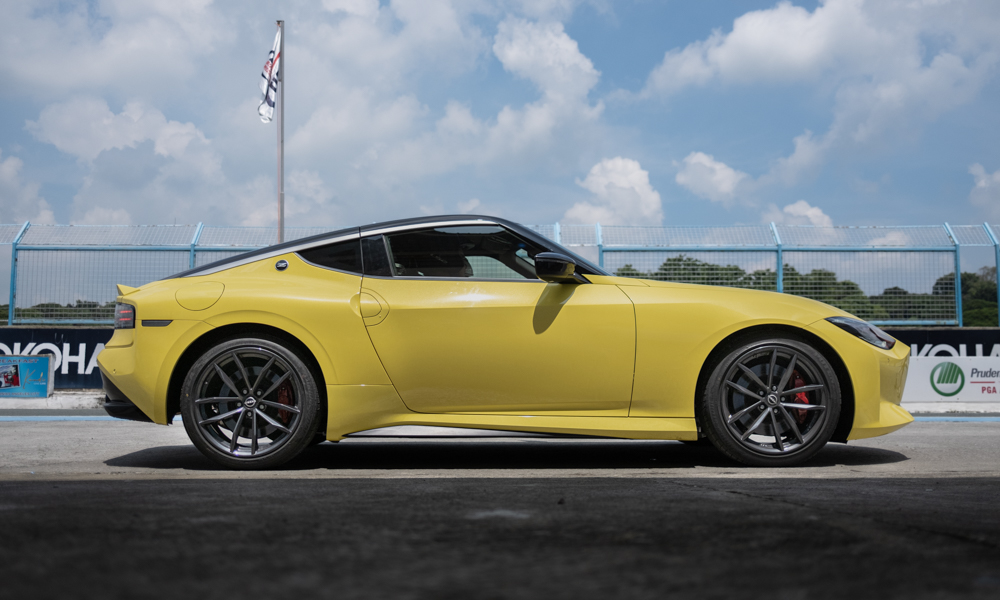
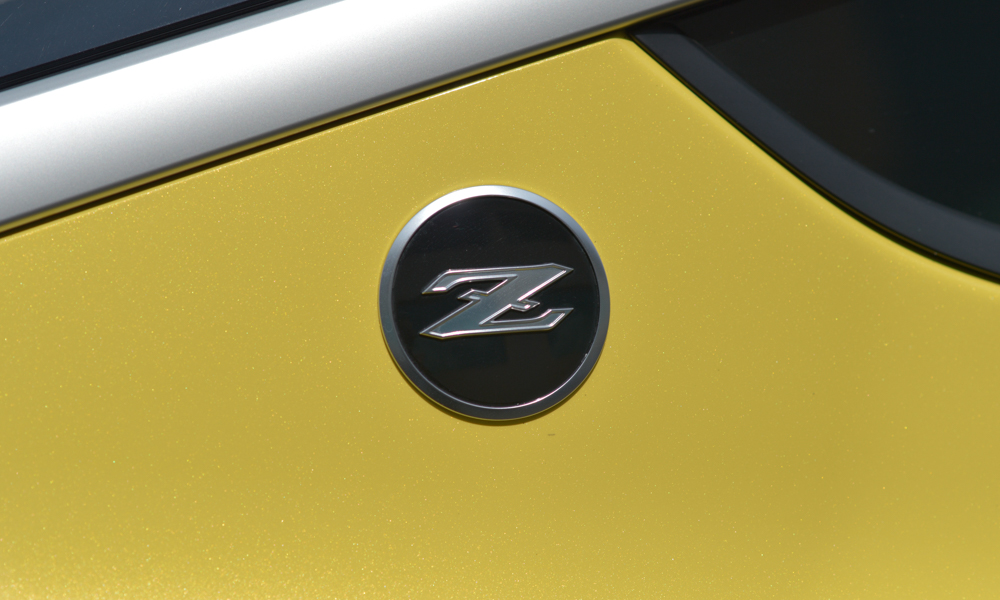
In bone-stock form, the Nissan Z felt slightly out of place on the track. It lacks a certain tightness to really feel at home.
The new turbocharged V6 is leaps and bounds ahead of its predecessor in smoothness and power, but the automatic transmission puts a bit of a damper on the fun, which makes the automatic-only Nismo version a big disappointment.
At the end of the day, the Z is still a front-engined RWD car with almost 400hp for the price of a Civic Type R (FL5). And whatever the Z lacks now will surely be addressed by the healthy roster of aftermarket parts and go-fast goodies that will surely rise in the months to come.

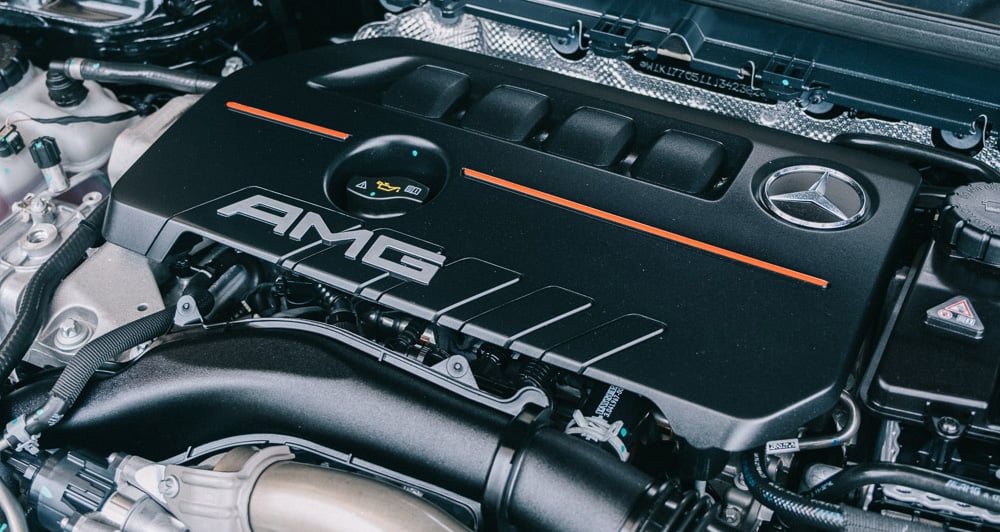
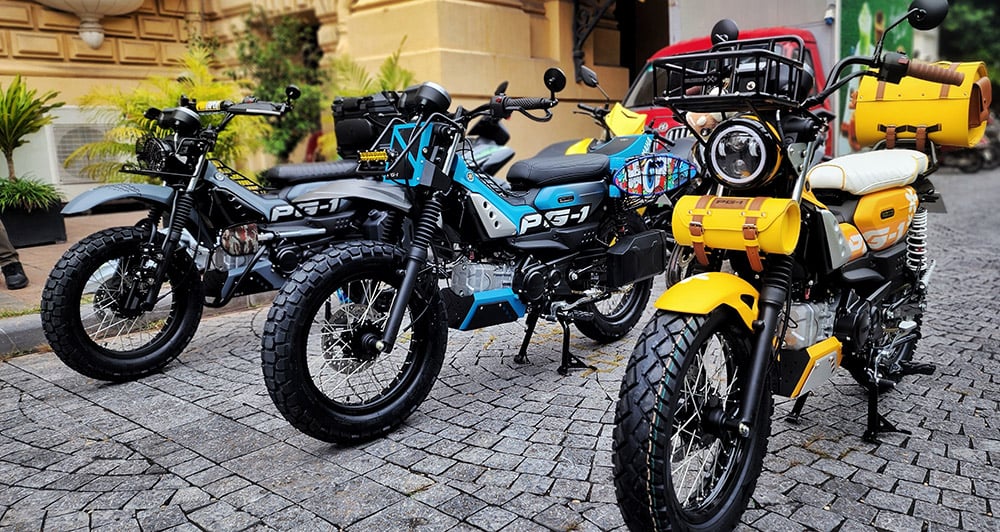
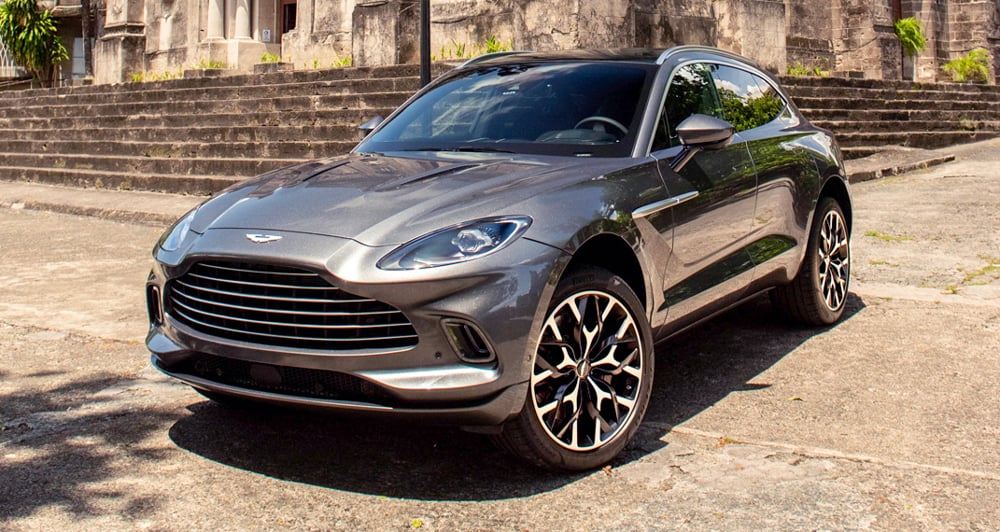
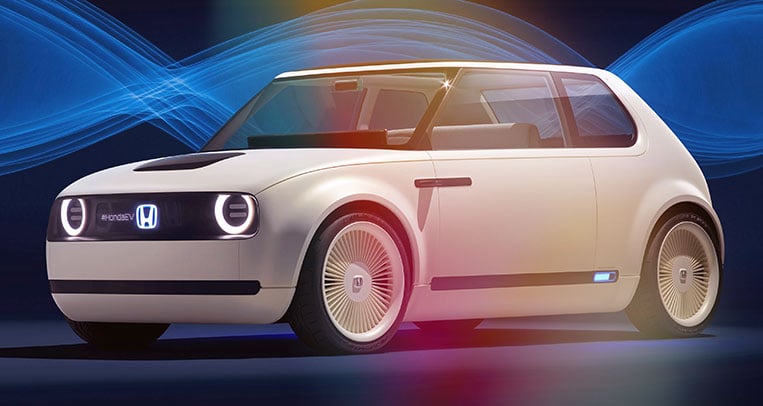
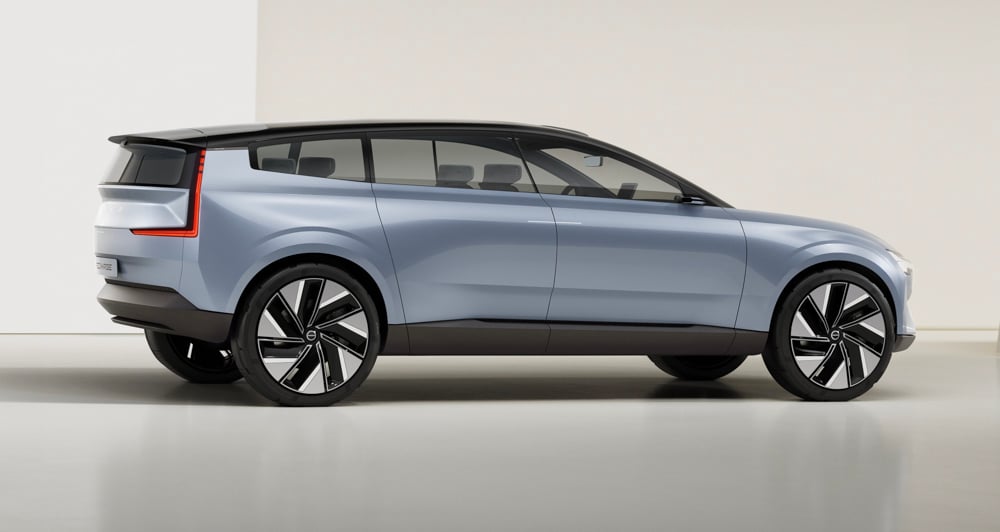
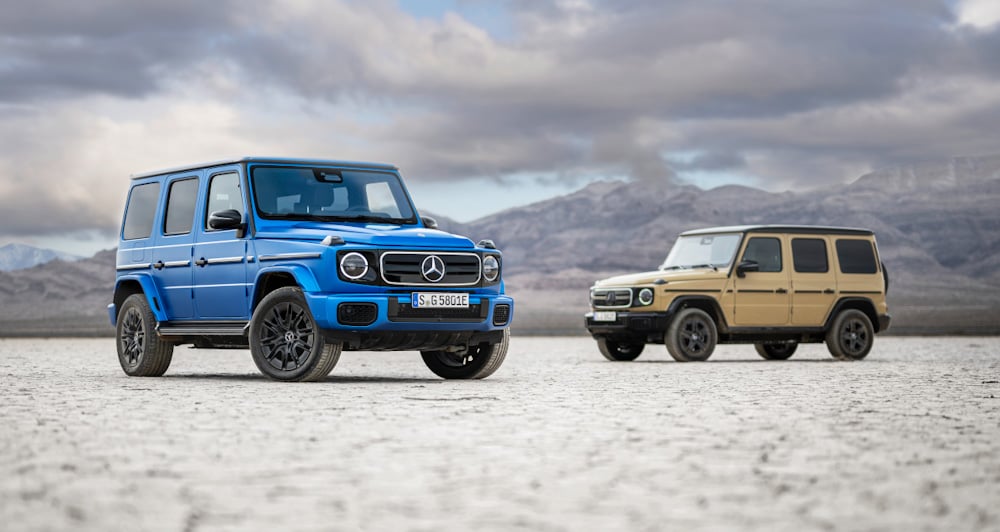
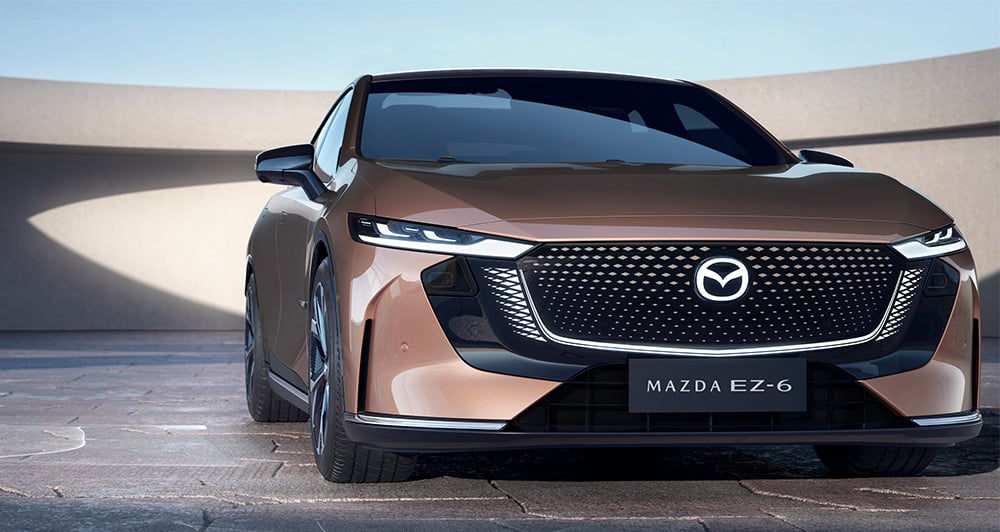
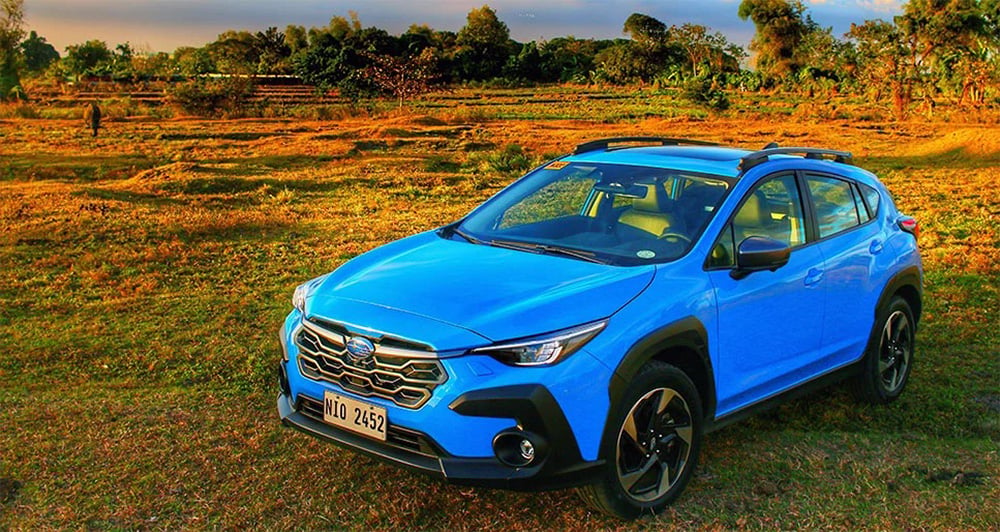


Comments